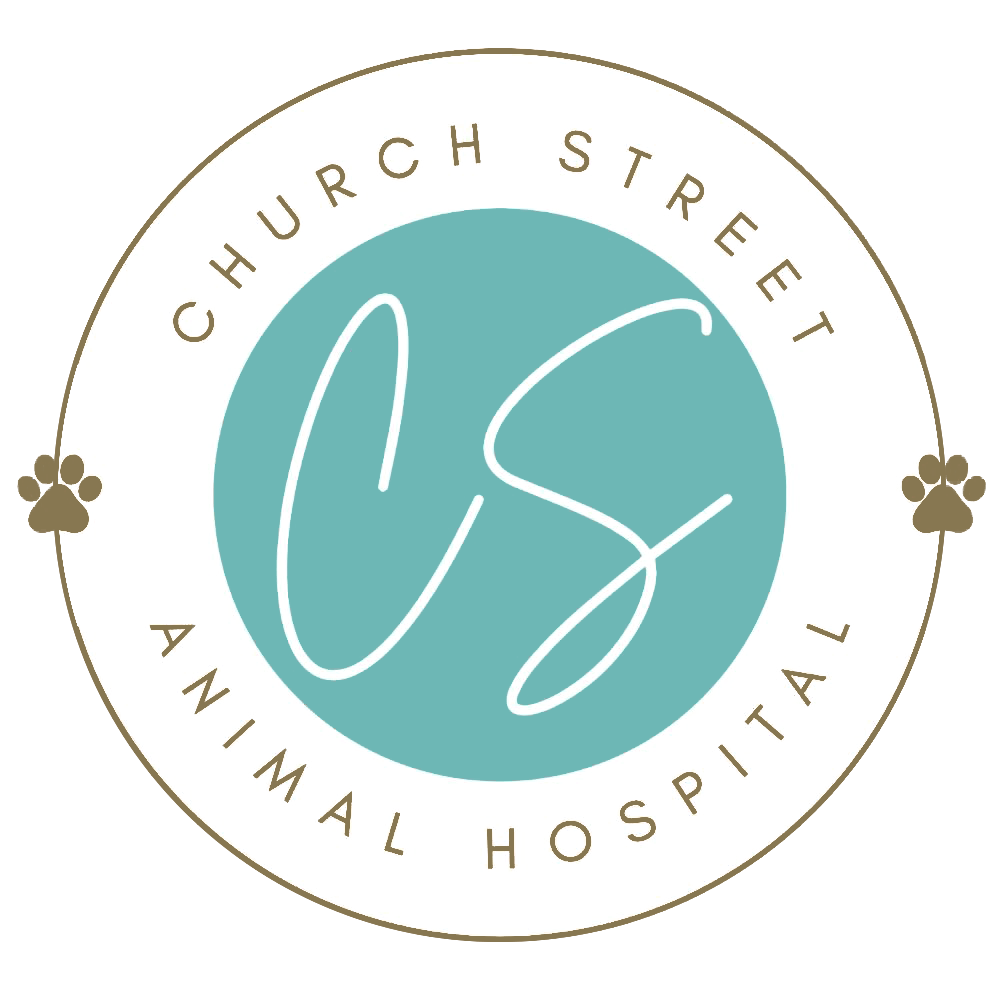Library
-
A portosystemic shunt causes a bypass of blood from the gastrointestinal tract directly into the systemic circulation, avoiding the normal detoxifying process that happens in the liver and reducing nutrient input into the liver. Liver shunts can be congenital defects (failure of closure of the ductus venosus or inappropriate vascular development) or acquired (development of extra vessels caused by portal vein hypertension). Clinical signs include failure to thrive (runt), head pressing or other neurological signs especially after high protein meals, delay in anesthetic recovery, increased urination, and vomiting or diarrhea. CBC and biochemistry can be altered in a dog with a portosystemic shunt (e.g., microcytic anemia, low BUN, glucose, elevated ALT) and urinalysis can show abnormal crystals and possibly infection. Bile acids will be elevated. CT, ultrasound, or other more advanced imaging will confirm and locate the shunt. Initial treatment includes a change to a low protein diet, lactulose to absorb ammonia and other toxins, and antibiotics to change the bacterial population of the intestines. Some dogs do well with medical management; however, many need surgical treatment to gradually close off the shunt. Surgery is very successful and dogs return to normal in 2-4 months.
-
Guarding desired items can be a normal behavior in dogs, but when it escalates, the safety of both people and animals is compromised. Exercises to prevent and reverse guarding behavior can be beneficial to any dog. Professional guidance is needed for any dog who repeatedly conflicts with people or pets because of guarding behavior.
-
When your cat comes home after an operation, special care must be taken to ensure he remains indoors with restricted activity and cannot lick or chew at his incision site. Monitor your cat for abnormal signs and contact your veterinarian if any are observed.
-
Special care must be taken when your dog comes home after an operation to ensure the incision area stays clean and dry and heals properly. Some signs are cause for concern, and if observed, call your veterinarian right away.
-
This handout explains post-vaccination sarcomas (also called injection-site sarcomas) in cats. They are a rare consequence of vaccine injections (and other drugs or materials) that can cause a very aggressive form of cancer at the site of the injection. The incidence of this condition, as well as precautions you and your veterinarian can take, are highlighted.
-
Potassium salts are given by mouth or an injection and are used on and off label to treat low blood potassium levels. Common side effects include nausea or discomfort. Do not use in pets that have high potassium levels, urination problems, tissue damage, uncontrolled Addison’s disease, gastrointestinal movement problems, or dehydration. If a negative reaction occurs, please call your veterinary office.
-
Povidone iodine topical (brand names Vetadine®, Poviderm®, Povidine®, others) is a topical antiseptic used on the skin prior to surgery and in first aid treatments for cats and dogs. It has been used in aquatic species and reptiles to treat fungal infections and wounds. Povidone iodine topical comes in liquid solution, gel, ointment, scrub, shampoo, and spray forms.
-
Feline poxvirus is a relative of the human smallpox virus seen mainly in Asia, Europe, and England. It causes skin lesions around the head, neck, and forelimbs, such as ulcerations, scabs, or abscesses. Cats often recover on their own with no further symptoms unless they are immunocompromised. There is no specific treatment or vaccine. Antibiotics may be used to control secondary infections. The virus can be transmitted to humans but can be significantly reduced by basic hygiene precautions.
-
Pradofloxacin (brand name Veraflox®) is an antimicrobial medication used to treat bacterial infections. It is used to treat skin, urinary tract, and respiratory tract infections in cats. Pradofloxacin is approved for use in dogs in certain countries. It is used "off label" or "extra label" to treat other types of infections in cats and some types of infections in dogs.
-
Praziquantel is given on and off label and by mouth or injection to treat various internal parasites in cats, dogs, small mammals, birds, reptiles, and large animals. Do not use in pets that are allergic to it, in puppies less than 3 weeks old, or kittens less than 6 weeks old.


